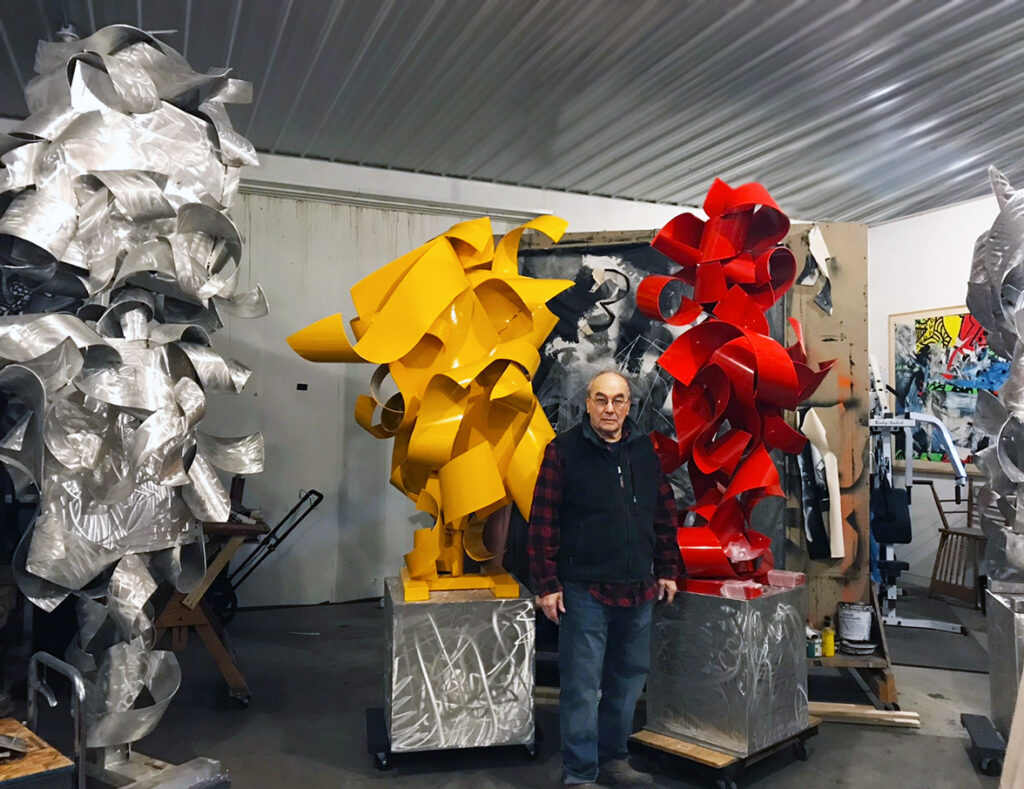
Drive along the meandering roads of Connecticut, deep in the forested landscape, crest over a little hill, and you will find nestled in a dip a beautifully restored white clapboard colonial house bracketed by several statuesque metal sculptures in its grounds. This is amArtHouse, Artur Matuszewski’s new contemporary art gallery, cleverly disguised within a historic building that has stood there since 1755.
The creator of the eye-catching sculptures is Richard Pitts and within the gallery is a portfolio collection of his artwork. This mini-retrospective of Pitts’ work includes paintings, collages, print-work, sculptures, wall sculptures and three-dimensional paintings.
The art of Richard Pitts is an Experience. This is not the hyperbole of ‘art-speak’ but the genuine intent of the artist and for many viewers, how they encounter his work. Pitts talks of the Energy of creation. “The creative process has an energy which is automatically contagious to anybody looking at it, which should in turn spur them onto their own energy”.
It is why he is always encouraging people to see art ‘in the flesh’. As a professor of Fine Art, at the Fashion Institute of Technology (FIT) he would explain to his students that looking at a photograph of a girlfriend or boyfriend is not as satisfying as being with them in person. “Looking at a Rembrandt online is a bit like looking at pornography, it’s a poor substitute for the real thing. Go look at the REAL paintings!”
Pitts was encouraged by Mrs. McBride, his 3rd grade teacher, to create art in an effort to positively harness his boundless energy. She also started to teach him to paint on the weekends, with the support of his parents. This led him to the Newark School of Fine and Industrial Arts where he met Reuben Kadish, his first mentor and lifelong friend.
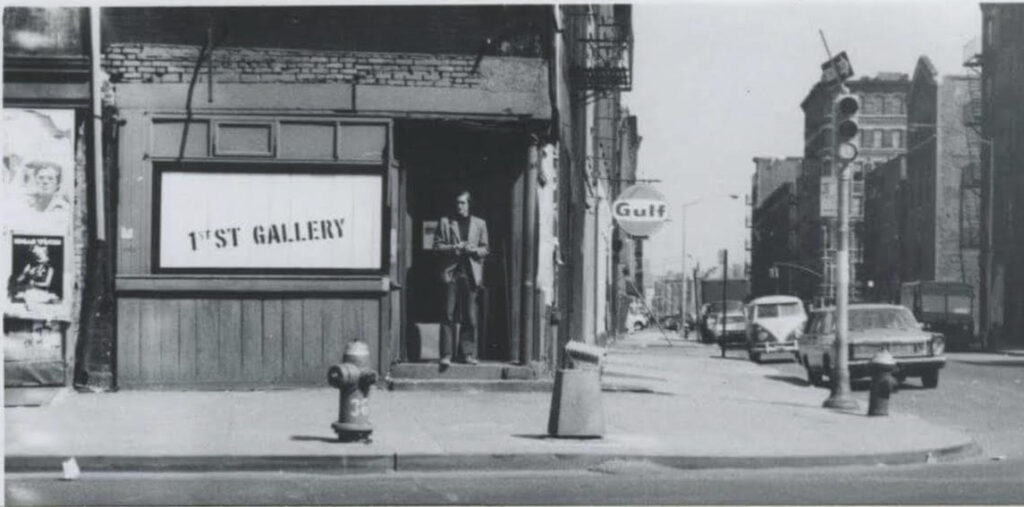
He then went to New York City where he graduated from the Pratt Institute and started a successful career in figurative art, including landscapes, with solo shows in well-respected New York galleries and covered by art critics such as John Russell, the chief art critic of the New York Times. He also started the First Street Gallery on the Bowery, an artists’ collective, which still exists today, replacing the void created by the demise of the 10th Street galleries. Pitts was in the thick of this exciting, percolating, 1960s’ New York art scene, absorbing the creative energy of the time.
“New York was inspiring —it offered a cultural osmosis— you felt immediately energized —you could be anything you wanted to be.”
He took that energy and created paintings which were his response to “the Masters of the past. However, he began to understand that looking at the landscape was colored by his own experience. It was not possible to recreate a facsimile of reality. Instead, he looked for his own visual equivalent, an exaggeration that eventually led to abstraction and the creation of a different reality. He realized that there were endless possibilities that he could bring into existence.
Pitts has always taught art as well as creating his own: at the New York Studio, the Pratt Studio, the Kansas Art Institute as the rebel New York figurative painter, the Studio School Paris and from 1974 at FIT. He found that teaching was a process of learning for himself. “I tried not to teach but to open doors. I encouraged (my students) to think freely in visual terms and have their own experiences; not relying on second-hand pre-packaged experiences.”
At FIT he was a full professor of fine art and print making —the latter a link back to his mother and great aunt who ran the first Spanish newspaper in NJ, where Pitts spent his youth helping out. In his personal art he also spent some time developing his skills in print making. This evolved into wooden totems wrapped in his print work. Installations of these totems became a regiment of tall wooden posts, dressed in individual organic designs. The totems branched off to become wall sculptures. Wooden forms layered, some painted in bright colors, some in black and others covered in prints, all bubbling out from some eternal, internal source. Many of his sculptures have an unpolished finish which adds to the vibrancy and ‘in-progress’ feel to them without feeling unfinished.
Always looking to create anew and inspired by his previous creations, Pitts started working on steel and then aluminum sculptures, both small and large with brushed metal finishes or coated in black or vibrant colors. These static objects somehow convey movement and energy. They are in essence the visualization of verbs. The viewer does not just see his work, but experiences them gaining inspiration and the energy to create their own.
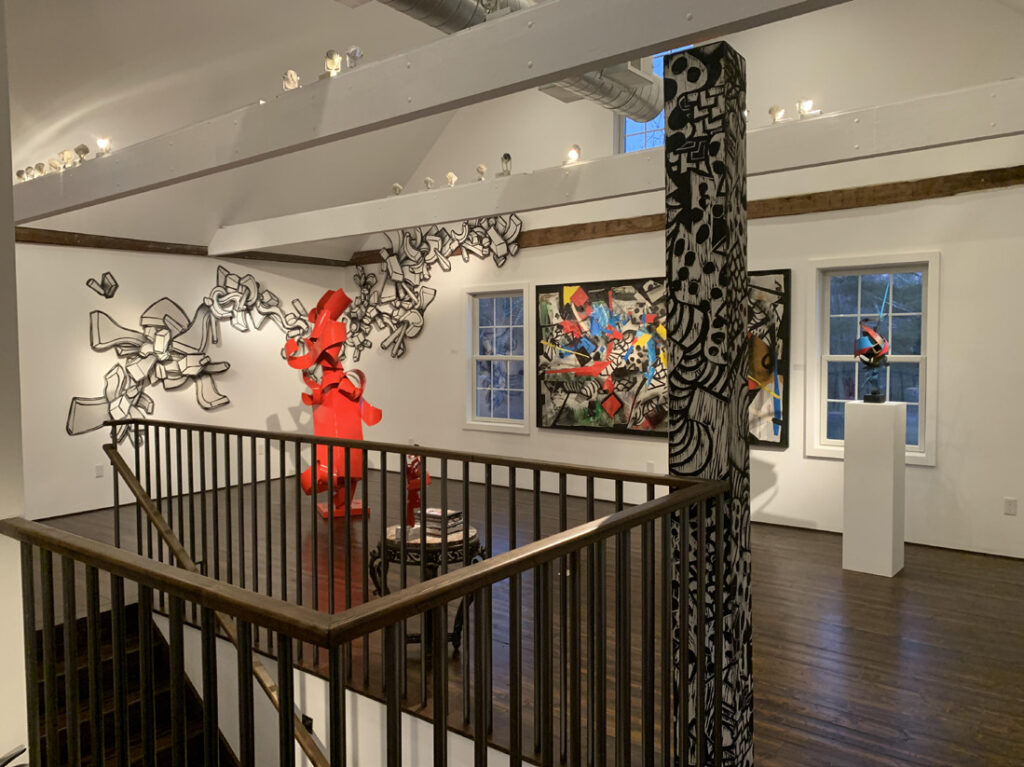
Pitts talks about art being an “untranslatable” language “You work within that, speaking visually.” “Art is always trying to expand your reality and broaden your consciousness.” He was particularly struck by Jean Hélion, the modernist French painter who said to one of his students “only when you exhaust all your powers of reason, do you have a chance of entering the zone of art.” Pitts lives these words.
Recently he has started to create collages utilizing older works including visual journals that he used to draw in while he was stationed in Germany during the Vietnam War. The collages are intimate and warm, and despite being made up of fragmented memories and works, they have a cohesion that pulses with energy and storytelling.
The upper floor of the amArtHouse gallery is devoted to the work of Richard Pitts. The collection includes many examples of the different styles of work that he has created to date, showing the dynamically progressive nature of his work. Pitts continues to evolve his work, stating that “you are only as good as the challenge created by the last work.” He is always looking for new experiences and the growth achieved by meeting these new challenges. “Art is not made in a vacuum. It takes many people to make a culture —as an artist, it is your obligation to get in there and be a part of that.” Pitts more than fulfills this obligation, creating art that compassionately connects to the viewer, evoking positivity and hope —the expectation of good. Go take a look at the real artwork yourselves!

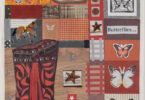
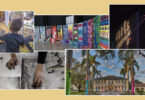
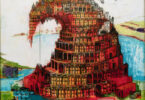
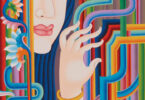
wonderfully wow!
Richard, your creative energy is boundless. Congratulations.